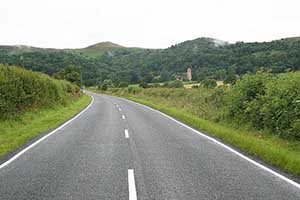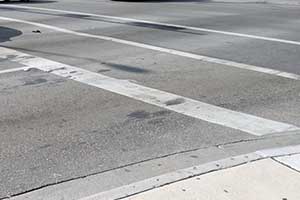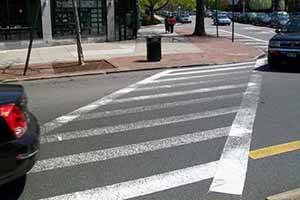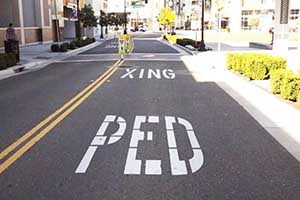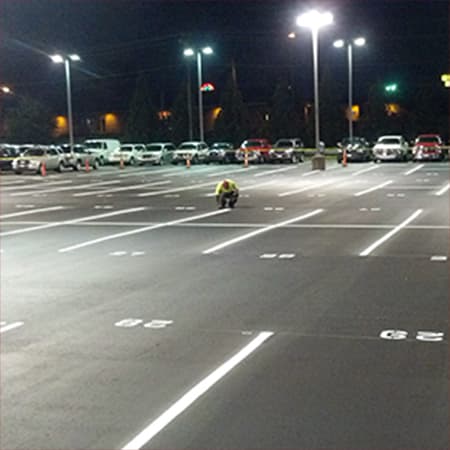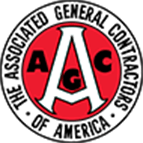7 Common Pavement Markings Decrypted
A Friendly Reminder What All Those Markings Mean
Where parking lot lines are fairly straightforward, intuitive indications of where you can and cannot park, pavement markings we encounter elsewhere on the road can be a bit more confusing.
It’s been a long time since Driver’s Ed. for many of us, which is why the experts at Raleigh Paving are here with a refresher course just in time for your summer travels. Below are the 7 most common pavement markings decoded.
-
Solid Yellow Lines
Yellow lines are perhaps the easiest to remember out of all the pavement markings. Yellow lines separate traffic traveling in opposite directions. A solid, double yellow line indicates a “no-pass” zone, meaning you may not pass other cars on in your lane.
-
Broken Yellow Lines
Broken yellow lines indicate that you can pass a car in your lane if the way is clear.
-
Solid-broken Yellow Lines
A solid yellow line on your side of the road means you CANNOT pass. A broken line on your left, however, means you CAN pass if the way is clear, even if the line on the other side is solid.
-
White lines
White lines separate traffic flowing in the same direction.
-
Stop lines
Stop lines are signified by a single white line that shows where you must stop.
-
Crosswalk lines
You can determine a crosswalk by 2 parallel, white lines painted across the road, usually at the edge of an intersection.
-
Pedestrian crossover lines
A pedestrian walk is marked by 2 white, double parallel lines across the road with a white “PED XING” in each lane approaching the walking area.
Drive smarter and travel safer with Raleigh Paving
Now that you know what the most common road markings mean, you’re prepared to fill up the tank and embark on your summer getaway. For more questions about pavement markings and asphalt safety, contact the professionals at Raleigh Paving today!
Find Your Paving Solution


